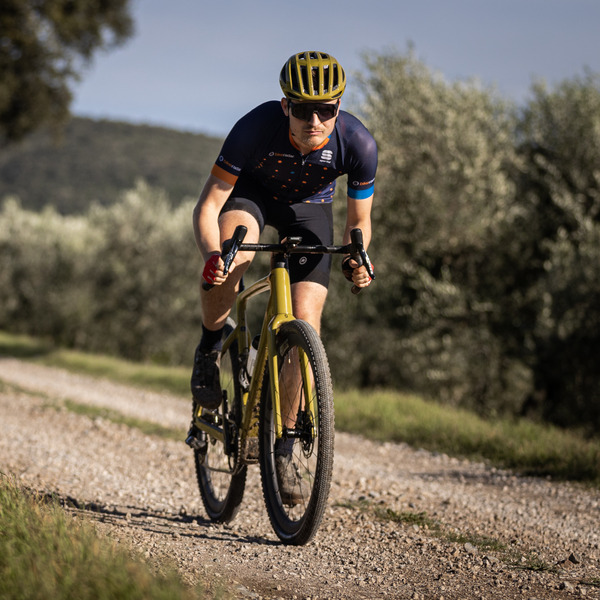In our Tech Q&A series, we tackle cycling queries – big or small, complex or simple – with insights from the BikeRadar team and trusted industry experts. Next up, a reader wants to know the difference between a BMC URS 01 Four and the Mondraker Arid Carbon.
Could you describe the differences between the BMC URS 01 Four and the Mondraker Arid Carbon in a few sentences?
I’m currently riding a 2019 Cannondale Topstone AL and looking for a worthy successor.
The new Topstone seems a bit short for me. I’m after comfort and good suspension performance.
Piotr Dąbrowski
Simon von Bromley says the BMC URS 01 Four doesn’t have suspension in the traditional sense – it has the brand’s MTT seatstays (Micro Travel Technology Stays), which use an elastomer to provide 10mm of travel at the back.
Up front, the bike uses a rigid carbon fork, but BMC specs its ICS MTT suspension stem, which incorporates Redshift ShockStop suspension technology to dampen vibrations.

Compared to the BMC, the Arid crucially doesn’t have any suspension built into it – the Arid instead generates its comfort via flex in the tube shapes.
The two share a pretty similar geometry – the URS’s head tube angle is 0.5 degrees slacker than the Arid’s, at 69.5 degrees. Its seat tube angle is also 0.5 degrees steeper than the Arid’s, at 74.5 degrees.
The Arid has a longer top tube, though – 600mm in a size large, versus 589mm for the URS in an equivalent size. It also has a slightly longer reach (423mm vs 420mm) and a 9mm higher stack, at 619mm.
While the URS runs a shorter 70mm stem and 44cm handlebar in a size large, the Arid has a longer 80mm stem but a wider 46cm bar.
Arguably the most significant difference between the two is tyre clearance – while the URS can take up to a 47mm tyre, the Arid can accept wider 50mm rubber.

Senior technical editor Warren Rossiter lauded the Arid Carbon RR when he tested it recently, awarding it a 4.5-star rating, and it was the runner-up in our 2025 Bike of the Year test, being pipped to the post by the Parlee Taos.
Jack Luke thinks it’s interesting you’ve picked out these two bikes when one of your criteria is good suspension performance.
He suggests also looking at BMC’s URS LT, which incorporates an MTT suspension fork developed in a partnership with HiRide, delivering 20mm of travel via an internal spring. Granted, it’s more expensive than the URS 01 Four model you’re looking at.
The Topstone Carbon Lefty would also give you the suspension performance you’re after, although you note your current Topstone is on the short side for you.

Another bike Jack recommends considering is Lauf’s Seigla, which is renowned for its comfort delivered by the True Grit leaf-spring fork and flex in the rear end’s tube shapes. It also sports a wider 57mm tyre clearance, which would future-proof you because gravel tyre clearances are increasing.
In Jack’s words, Lauf offers “astonishing value for money” because it is a direct-to-consumer brand.
Simon suggests the Giant Revolt X as a final option to consider. It comes with a suspension fork, a dropper post and big cushy tyres, and was our Bike of the Year winner in 2023.

